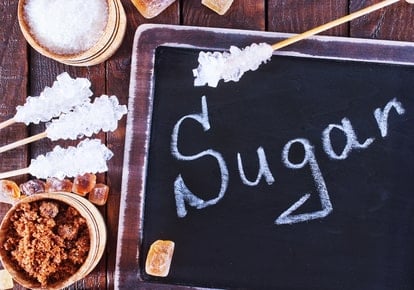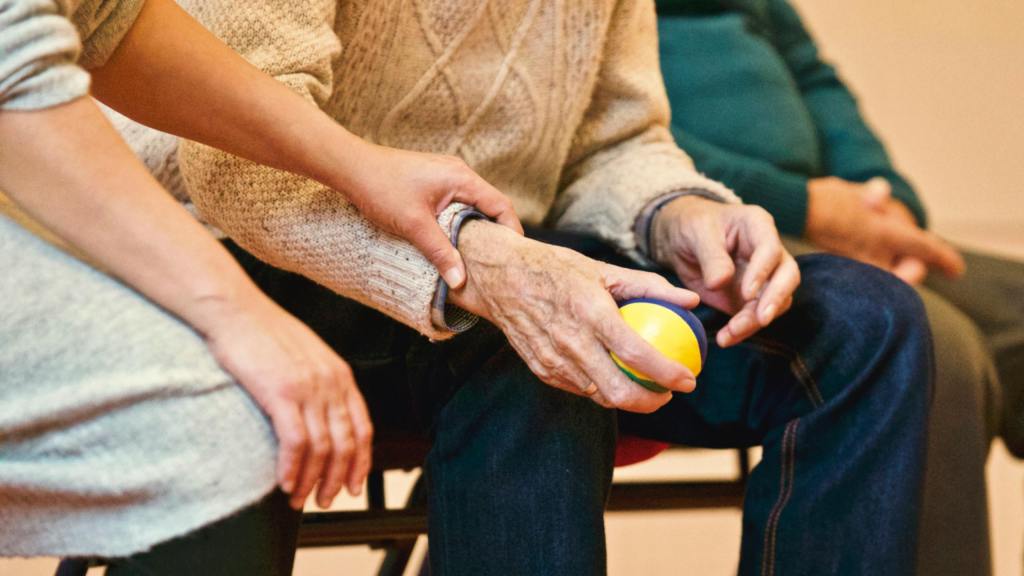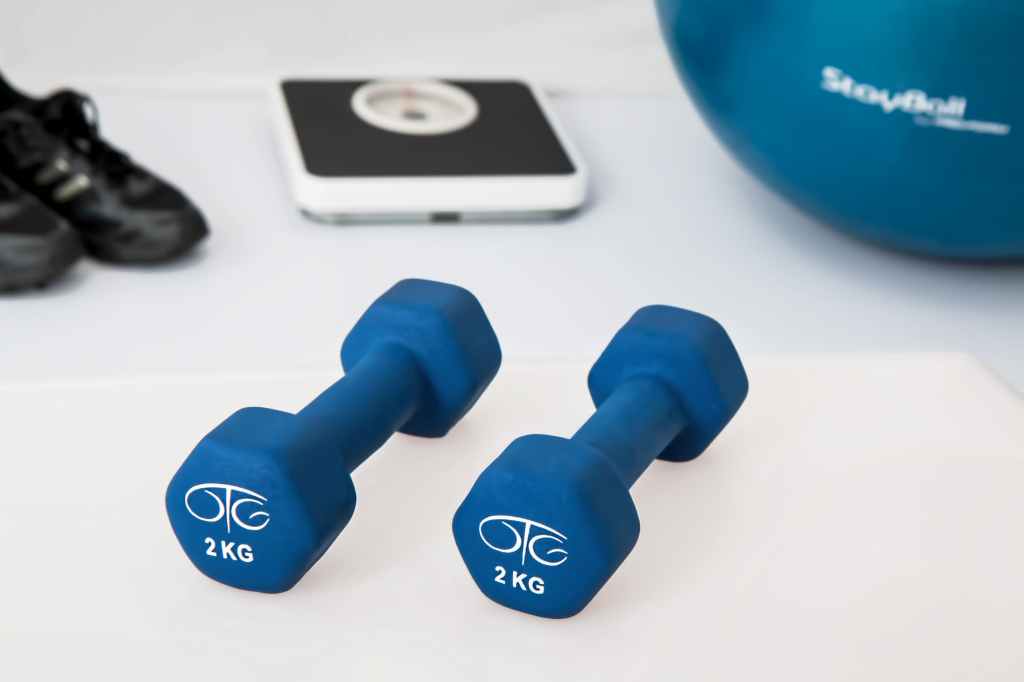
Cutting back on sugar? Here are sugar-free suggestions for seniors
How Much Sugar is “Too Much”?
Sugar occurs naturally in any food that contains carbohydrates, including grains, dairy products, and even fruits and vegetables. Many people don’t think of these foods as “sweet,” however, so most people consume far more sugar than they realize, particularly when combined with the obvious culprits like sodas, cereal, flavored yogurt, and other sweet treats. During the holiday season, desserts are abundant, making it challenging for anyone to maintain their ideal sugar intake. According to the Office of Disease Prevention and Health Promotion (ODPHP), the average American consumes about 17 teaspoons of added sugar in a day, amounting to 270 calories. The formal recommendation in the ODPHP’s 2015-2020 Dietary Guidelines for Americans is “limiting calories from added sugars to no more than 10% each day.” For someone on a 2,000-calorie diet, that’s about 12 teaspoons, or 200 calories from added sugars. The World Health Organization (WHO) concurs with the 10% guideline but also suggests, “A further reduction to below 5% or roughly 25 grams (6 teaspoons) per day would provide additional health benefits.”
How to Reduce Your Loved One’s Sugar Intake
To determine how much sugar a food item contains, the Nutrition Facts label is a good place to start. The label will list the amount of sugar in a serving of the food (in grams), although this includes both natural and added sugars. One gram of sugar equals 4 calories, so you can calculate the number of calories comprised of sugar per serving. If added sugar is one of the first few ingredients listed in the ingredients list (these are listed based on amount, from most to least), it’s likely high in total sugar. Added sugars are sometimes listed under different names, such as:
- Dextrose
- Glucose
- Sucrose
- High-fructose corn syrup
- Corn sweetener
- Corn syrup
- Fruit juice concentrate
- Brown sugar
- Raw sugar
Reading nutrition labels and keeping track of the amount of sugar in your loved one’s diet is the best way to determine their typical sugar intake and take steps to reduce it, but it’s also somewhat confusing – not to mention time-consuming. A simpler way to start reducing your loved one’s sugar intake is to look for foods labeled “no added sugars” or “sugar-free.” You can also cut down on sugary drinks, such as fruit juice and sodas, replacing them with water or other sugar-free beverages. Likewise, substitute sauces that tend to be high in added sugar – such as barbeque sauce and ketchup – with herbs and spices for flavor. Limit desserts to special occasions and try adding fresh fruits to foods like oatmeal and cereal instead of sugar to add sweetness. In general, opt for whole foods whenever possible and cut back on processed foods. Look for easy recipes that you can prepare using whole food ingredients without spending hours in the kitchen.
Sugar Alternatives for Seniors
If these simple adjustments aren’t working for your loved one or aren’t reducing their sugar intake to the ideal level, sugar alternatives are another option. Here are a few natural sugar alternatives:
- Stevia – Extracted from the Stevia rebaudiana plant, stevia is calorie-free and has even been found to help reduce blood sugar and blood pressure in diabetic patients.
- Erythritol – This sugar substitute occurs naturally in many fruits and contains just 24 calories per gram, or 6% of the calories in a gram of sugar. (Because it’s so low in calories, some simply refer to it as calorie-free, although that’s not technically true.) It’s sweeter than sugar, so you don’t need to use much. It does not cause spikes in blood pressure.
- Xylitol – Another sugar found naturally in many fruits and vegetables, like erythritol, xylitol won’t cause blood pressure spikes. It has 2.4 calories per gram, making it lower in calories than regular sugar, and it won’t contribute to the development of dental cavities.
There are a variety of other substances often used as sugar substitutes; however, many of them could be considered added sugars, such as honey and brown sugar. To get the health benefits of a low-sugar diet, it’s best to avoid these types of alternative sweeteners. While it may seem challenging to reduce your loved one’s sugar intake, the good news is that after following a low-sugar diet for a few weeks, most people stop craving sweets – and it’s well worth the effort for the many health benefits of a low-sugar diet. As with any dietary changes, you should always consult with your loved one’s healthcare provider to ensure that any dietary changes are compatible with your loved one’s health conditions.
More insights like this:
-

Helping an Aging Loved One Through Declining Mental Health
Read more: Helping an Aging Loved One Through Declining Mental HealthMental health challenges can impact anyone at any time of life. However, older adults tend to be more vulnerable to depression and other mental illnesses, on average, with 14% of adults aged 60 or older suffering from a mental disorder. “If you recognize or hear from a loved one that their day-to-day life is significantly…
-

Delirium vs. Dementia: Causes, Symptoms, Treatments, and Preventative Measures
Read more: Delirium vs. Dementia: Causes, Symptoms, Treatments, and Preventative Measures5 Key Things Family Caregivers Need to Know About Delirium and Dementia Onset and Course Are Key Clues That Caregivers Should Watch Closely Delirium develops suddenly (hours or days) and often fluctuates; dementia progresses gradually over months or years. Acute changes in thinking or attention should trigger urgent medical evaluation. Delirium and Dementia…
-

7 Immune System Booster Tips for Seniors
Read more: 7 Immune System Booster Tips for SeniorsThe immune system is the body’s first line of defense against viruses and infections, but the aging process can weaken the immune system. Throughout the COVID-19 pandemic, this became an increased concern for the caregivers of older or immunocompromised adults, as the risk of more severe symptoms and outcomes was much higher in these…